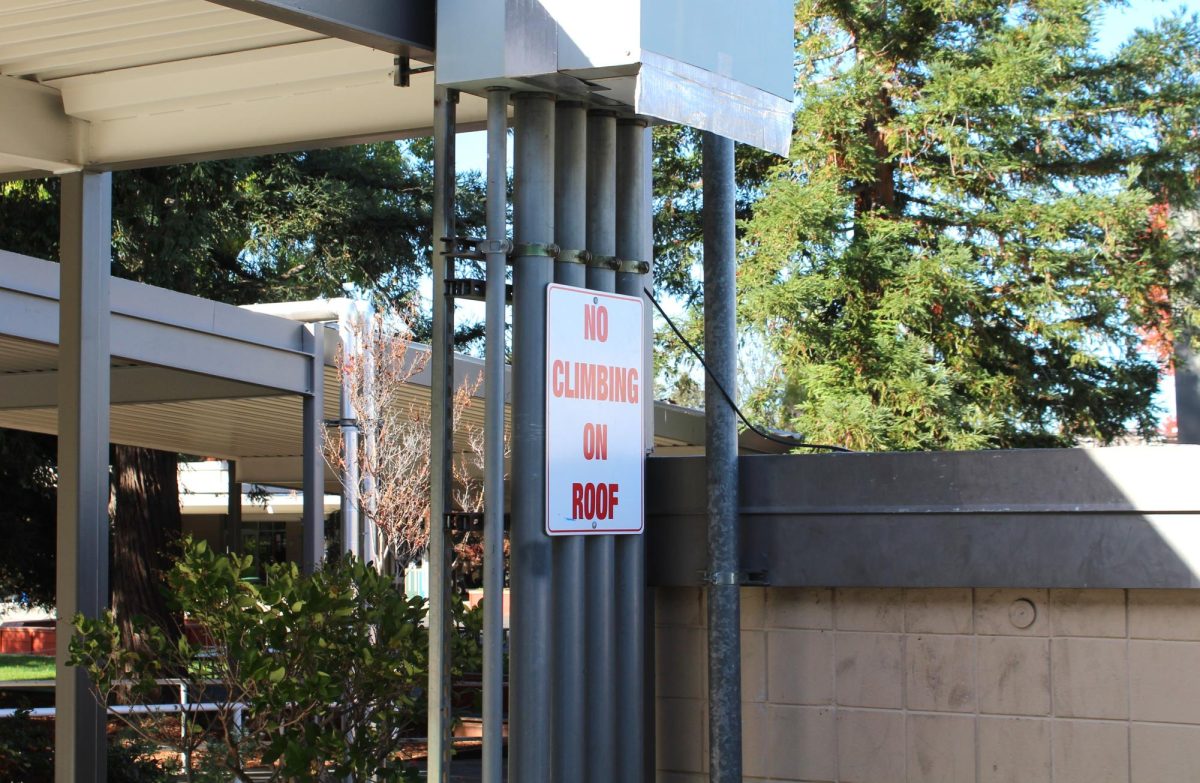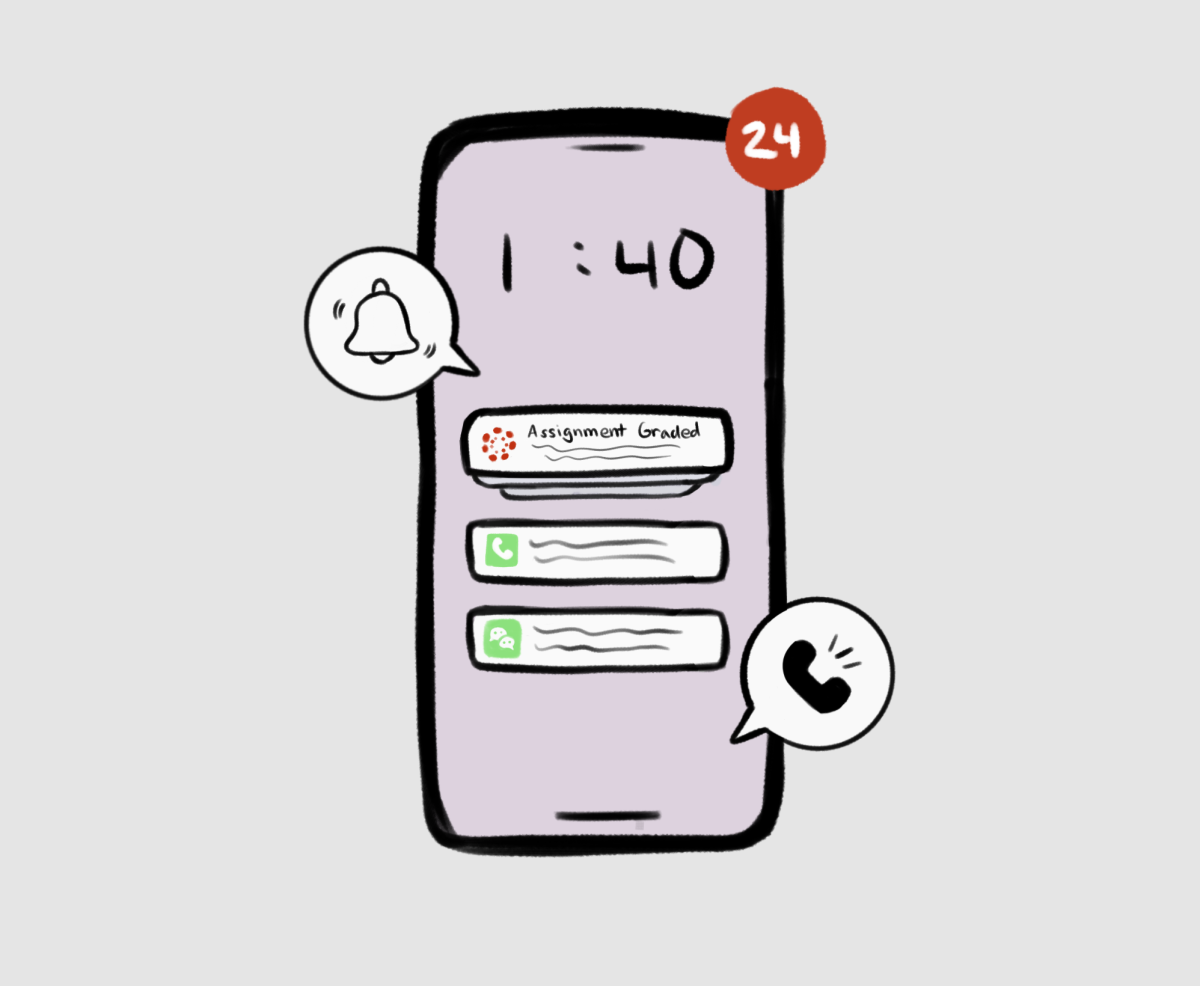In the weeks after coming back from winter break, COVID-19 cases have exploded in many schools across the nation: At SHS, at least 40 students and a handful of staff members had tested positive as of Jan. 20, a number that is likely to increase as the incredibly contagious omicron variant spreads. In fact, cases have risen to the point that the school implemented mandatory weekly testing for students and staff in the week of Jan. 17. Given these realities, it’s unsurprising that some students and parents have urged superintendent Mike Grove to move school online in a fashion similar to last year’s remote learning model.
Grove, however, has stated that the district will consider transitioning to online only if it has more teachers out sick than substitutes available, or if “a large percentage of the school population has tested positive within a short timeframe.” Grove has also reminded concerned parents and students that district leaders cannot unilaterally shut down in-person learning and would need authorization from county and state officials — the waiver that allowed for distance learning expired in June last year. Currently, schools need to apply for a waiver from both the county and the state to shut down school entirely, and schools can only revert to online if “every family member in the class signs a waiver, agreeing to switch.”
While the county and state’s decision to keep schools in person is understandable, considering the consensus among students and teachers that online education results in a significantly poorer quality of education, state officials currently need to prioritize student safety about all else and renew the distance learning waiver instead of waiting until COVID-19 overruns individual communities and forces districts to transition online. This would allow districts to preemptively revert to an online format in order to ride out the current COVID-19 surge.
For a district like LGSUHSD, online learning could end at February break, with either travel restrictions or a mandatory quarantine period.
And though a transition online may lower the quality of education that students receive for a couple of weeks, the school’s current system, which remains almost identical to pre-omicron times, isn’t fair to students who, for example, choose to stay at home for fear of catching and transmitting the virus to an elderly family member.
The number of students in these situations will only increase over time — already, in the first two weeks, attendance has lowered from 95-97% during “normal times” to 90.8%. For students who are stuck at home due to being COVID-19 positive or close contacts, attempting to continue their learning at home with no institutional online learning protocols is difficult, if not impossible, especially considering the mountain of work to make up once they return to campus.
Currently, the school has limited options for students quarantining at home to continue their education. The Independent Study program has a different curriculum than teachers at the school, so students have to make do using lectures and materials posted online.
Remaining in person is forcing some parents to choose between their child’s education or the health and well-being of parents and family members. A short-term transition to online learning would help slow the spread of COVID-19; instead of interacting with hundreds of different people each day, a student would instead only interact with family members and a few close friends during the worst of the surge. After returning from online learning, these parents may feel safer sending their students back to school knowing that the spread of COVID-19 is stopped or severely lessened in the community.
The state’s decision to not allow distance learning has already forced some schools to make tough decisions regarding student health and surging COVID-19 cases. For example, Hayward went remote from Jan. 10 to 18 due to lack of staff — 365 staff were out and 81 classrooms were uncovered — and testing kits against the recommendations of state and county officials. The school reportedly lost $2.5 million in state funding per day online, and it was forced to circumvent the lack of a distance learning waiver by hosting areas on campus where students could attend online class in person.
Recently, Milpitas attempted to transition to remote learning for a 10-day district-wide quarantine but was denied the ability to do so by the Santa Clara County Health Department. Though Milpitas had minimal COVID-19 cases, a recent letter from the superintendent revealed that the district was struggling to properly staff its schools — 167 substitute and 107 support staff positions went unfilled. The school had “to cover classes with other teachers, principals, district office staff, as well as grouping classes together with one teacher.”
Although LGSUHSD is not currently facing a staffing shortage of this level, this situation could easily happen here — on Jan. 15, Grove sent out an email requesting parents to sign up as substitutes.
Since a move to online learning would only be temporary, “significant academic learning loss” caused by distance learning last year would be minimized. For the sake of students’ education and the health of everyone on campus, the state should allow schools to temporarily transition to online learning, while the county should impose travel restrictions outside the county and postpone all in person activities and sports.
If the situation worsens, districts like ours could face a situation where hundreds of students quarantining at home struggle to learn and students in person struggle to learn due to a lack of substitutes. A better solution is to seriously consider a short-term move online.


























